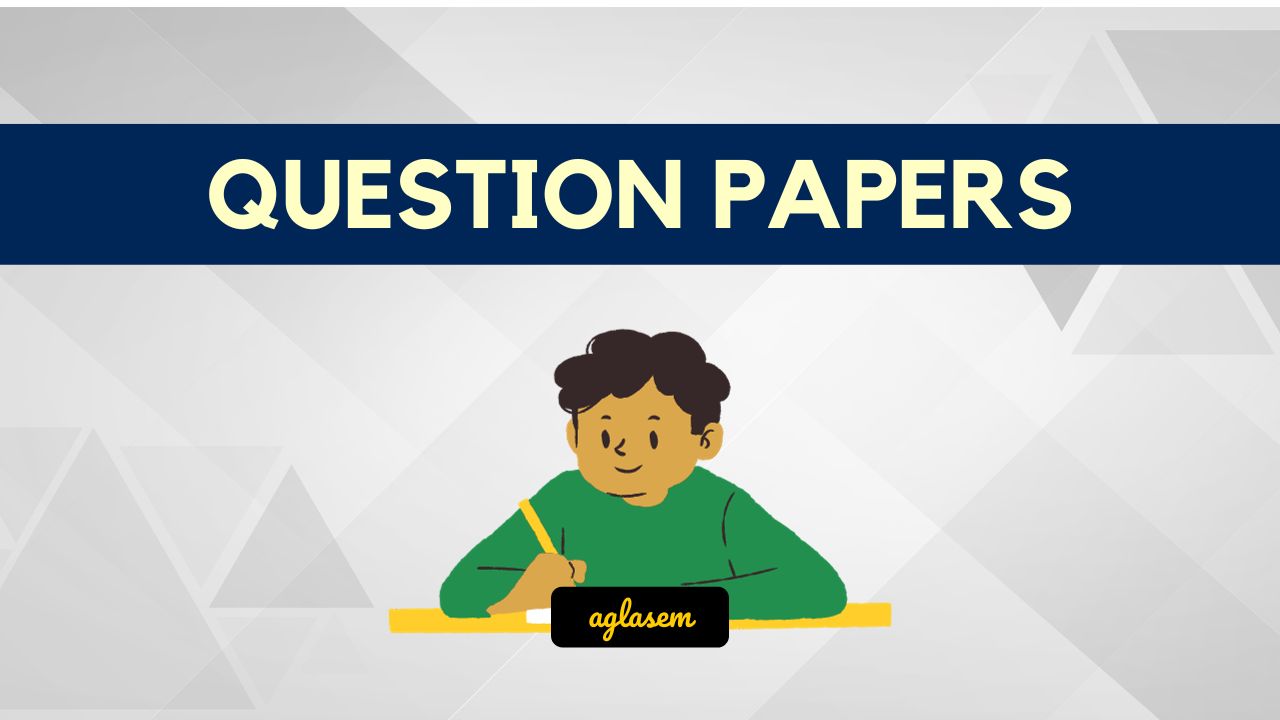NCERT Solutions for Class 11 Biology Chapter 19 Chemical Cordination and Integration has been published by Aglasem. You can now download the Class 11 Biology Ch 19 Questions and Answers PDF here. This NCERT Solutions for Class 11 Biology contains answers of all questions asked in Chapter 19 in textbook, Biology. Therefore you can refer it to solve Chemical Cordination and Integration exercise questions and learn more about the topic.
NCERT Solutions for Class 11 Biology Chapter 19 Chemical Cordination and Integration
Class – Class 11
Subject – Biology
Chapter – Ch 19
Chapter Name – Chemical Cordination and Integration
Book – Biology
Study Material – NCERT Solutions
NCERT Solutions for Class 11 Biology Chapter 19 PDF
While you can read NCERT Solutions for Class 11 Biology Ch 19 for all exercises here on aglasem. You can also download this NCERT Solutions PDF to refer ncer question answer at anytime when you study Chemical Cordination and Integration. Here it is.
NCERT Solutions for Class 11 Biology Chapter 19 PDF Download Link – Click Here to Download Solutions PDF
How to download NCERT Solutions for Class 11 Biology Chapter 19 PDF?
You can download the complete NCERT solutions for chapter 19 of this NCERT Book i.e. Biology with following steps.
- First search NCERT Solutions for Class 11 Biology Ch 19 PDF aglasem and come to this page.
- Now you will see the exercise questions answers of Chemical Cordination and Integration and download pdf link on it.
- Click the Download PDF link to obtain the Chemical Cordination and Integration questions with answers document.
NCERT Solutions for Class 11 Biology
There are more chapters to study besides Chemical Cordination and Integration in this subject. So here are NCERT solutions for all topics of Biology taught in 11th class here at aglasem.
- Chapter 1 The Living World
- Chapter 2 Biological Classification
- Chapter 3 Plant Kingdom
- Chapter 4 Animal Kingdom
- Chapter 5 Morphology of Flowering Plants
- Chapter 6 Anatomy of Flowering Plants
- Chapter 7 Structural Organisation in Animals
- Chapter 8 Cell – The Unit of Life
- Chapter 9 Biomolecules
- Chapter 10 Cell Cycle and Cell Division
- Chapter 11 Photosynthesis in Higher Plants
- Chapter 12 Respiration in Plants
- Chapter 13 Plant Growth and Development
- Chapter 14 Breathing and Exchange of Gases
- Chapter 15 Body Fluids and Circulation
- Chapter 16 Excretory Products and their Elimination
- Chapter 17 Locomotion and Movement
- Chapter 18 Neural Control and Coordination
- Chapter 19 Chemical Coordination and Integration
NCERT Solutions for Class 11
Just like you got Biology Ch 19 solutions here. You can see exercise questions answers of other subjects and their topics too on aglasem. Here are NCERT solutions for all subjects of 11th standard NCERT books.
- NCERT Solutions for Class 11 Accountancy
- NCERT Solutions for Class 11 Biology
- NCERT Solutions for Class 11 Business Studies
- NCERT Solutions for Class 11 Chemistry
- NCERT Solutions for Class 11 Economics
- NCERT Solutions for Class 11 English
- NCERT Solutions for Class 11 Geography
- NCERT Solutions for Class 11 Hindi
- NCERT Solutions for Class 11 History
- NCERT Solutions for Class 11 Maths
- NCERT Solutions for Class 11 Physics
- NCERT Solutions for Class 11 Political Science
- NCERT Solutions for Class 11 Psychology
- NCERT Solutions for Class 11 Sociology
NCERT Solutions for Class 11 Biology Chapter 19 – An Overview
The key highlights of this study material are as follows.
| Aspects | Details |
|---|---|
| Class | Class 11 |
| Subject | Biology |
| Chapter Number | Ch 19 |
| Chapter Name | Chemical Cordination and Integration |
| Book Name | Biology |
| Book By | NCERT (National Council of Educational Research and Training) |
| Educational Resource Here | NCERT Solutions of Class 11 Biology Ch 19 for All Exercise |
| More Questions Answers of This Subject | NCERT Solutions for Class 11 Biology |
| Download Book Chapter PDF | NCERT Book Class 11 Biology Chapter 19 |
| All Questions Answers For This Class | NCERT Solutions for Class 11 |
| Complete Solutions | NCERT Solutions |
If you have any queries on NCERT Solutions for Class 11 Biology Chapter 19 Chemical Cordination and Integration, then please ask in comments below.
To get study material, exam alerts and news, join our Whatsapp Channel.







